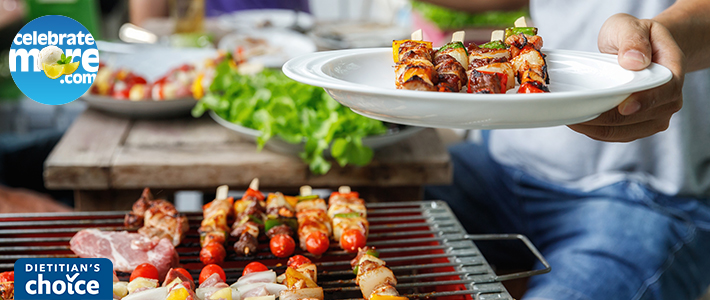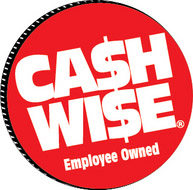
Summer Food Safety Tips
Can you believe it’s already July? Summers here in the Midwest fly by, and that means spending as much time outdoors as possible. It’s important to enjoy the sunshine and warmth while we can! Which includes picnics and outdoor barbecues. However, the warm climate also creates the perfect opportunity for harmful foodborne bacteria to thrive. Follow these tips to keep your family and friends safe from foodborne illness this summer!
But first, understanding the “Temperature Danger Zone”
The temperature of your food is closely related to how safe it is to eat. Illness-causing bacteria multiply at high rates between the temperatures of 41F and 135F, which is why we call that range the “Temperature Danger Zone”. The goal is to keep hot foods hot and cold foods cold; the latter being particularly important in the warm summer months. Be aware of foods that need temperature control for safety, which include meats, dairy products, cut fruits, and cut vegetables.
Tip 1: Keep an eye on the clock
Make note of what time you put food out for your outdoor gathering. All perishable foods, hot or cold, should be consumed within two hours of sitting out. That rule of thumb changes to one hour if the temperatures are 90F+.
Tip 2: Have more than one cooler
In July, coolers are a lifesaver for keeping cold foods cold. They are most effective if kept in the shade and opened as few times as possible. This means that having a cooler designated for drinks is key! Who doesn’t want an ice-cold drink on a hot July day? The more you open the cooler, the faster the temperature will rise inside. Having two separate coolers means enjoying your beverages throughout the event, while also keeping your food safely chilled.
Tip 3: Grill to the safe internal temperature
The grill takes center stage during the summer months, and temperatures are important in the cooking process as well. One of the most important tools for grilling is a meat thermometer! Grilled meats tend to turn dark and appear done on the outside quickly, but it’s important to check the internal temperature to ensure that your protein is safe to eat. Follow this chart to determine doneness:
Fish 145 °F
Steaks, roasts and chops 145 °F
Hamburgers (ground beef/pork) 160 °F.
All poultry 165 °F
Fully cooked meats (hot dogs, ham) 165 °F
Serve your hot grilled items as soon as they are ready!
Tip 4: Separate raw from cooked
Bacteria can spread from one food to another, so it’s best to keep your raw meats separate from everything else. Have two plates and two sets of utensils on hand. Have a plate and utensils designated for handling raw meat. Once fully cooked, use a new set of utensils to transfer the meat onto a clean plate or platter. If you are using a marinade prior to grilling, always throw the leftover marinade away. It cannot be used again once the raw meat touches it!
Take full advantage of the warmth and sunshine in these summer months! But don’t forget the importance of keeping the food safe for you and your loved ones. We wish you a happy and healthy summer season!
– Jess, MPPD, RDN, LD









